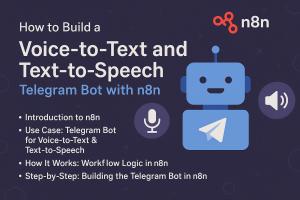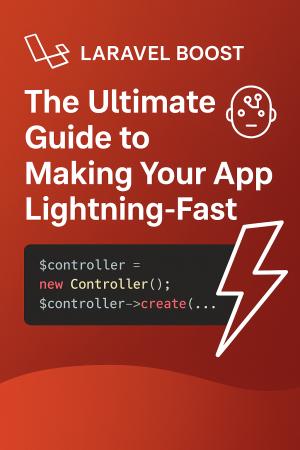PHP continues to evolve, and in 2025, developers have more powerful and efficient php freamworks than ever before. Whether you’re building a personal project or a scalable enterprise solution, choosing the right framework is crucial. In this article, we'll explore the top PHP frameworks dominating the web development scene in 2025, and how to get started with them.
New to PHP? Check out our guide to what PHP is to understand its core use in web development.
Why PHP Frameworks Still Matter in 2025
Despite the rising popularity of JavaScript stacks like Node.js and frameworks like React or Next.js, php freamworks continue to offer reliable backend performance, rapid development, and strong community support. PHP is far from dead—in fact, it’s thriving with modern practices and robust frameworks.
What Makes a Great PHP Framework?
-
Active community and regular updates
-
Clean documentation and scalability
-
Performance optimization and security support
Top PHP Frameworks to Know in 2025
1. Laravel
Laravel still tops the list of php freamworks in 2025 thanks to its expressive syntax, modern toolkit, and massive ecosystem.
Key Features:
-
Blade templating engine
-
Eloquent ORM for database operations
-
Laravel Forge and Vapor for cloud-based deployment
Laravel is great for developers who want to build full-stack web apps fast while maintaining clean, scalable code.
2. Symfony
Symfony is the go-to php framework for enterprise-level applications in 2025. It’s robust, flexible, and offers a reusable set of PHP components.
Why Developers Choose Symfony:
-
Strong security components
-
Modular design and reusable bundles
-
Excellent testing and configuration tools
3. CodeIgniter
Lightweight and extremely fast, CodeIgniter is a top pick for developers who value performance and simplicity.
Highlights:
-
Minimal footprint (~2MB)
-
Simple configuration and no composer dependency
-
Great for shared hosting environments
4. Yii2
Yii2 remains relevant thanks to its high performance and easy integration with JavaScript libraries like jQuery and Vue.
Notable Features:
-
Built-in Gii code generator
-
Role-based access control (RBAC)
-
REST API tools out of the box
5. Laminas (formerly Zend)
For enterprise-grade development, Laminas offers a solid foundation with a modular, object-oriented architecture.
Advantages:
-
Built for performance under heavy load
-
Highly customizable components
-
Long-term support for business-critical applications
How to Get Started with a PHP Framework
Getting started with a php freamwork might seem overwhelming, but it’s easier than you think. Here’s a quick walk-through using Laravel:
Step-by-Step: Setting Up Laravel in 2025
-
Install Composer
Download it from getcomposer.org and install it globally. -
Create a Laravel Project
Run the following in your terminal:composer create-project laravel/laravel my-app -
Set Up Environment
Duplicate.env.exampleto.envand update your database credentials. -
Run Migrations
Use:php artisan migrateto create the necessary tables. -
Launch Development Server
Use:php artisan serveand visithttp://localhost:8000in your browser.
Additional Tips:
-
Use Laravel Valet for a smooth local dev experience on macOS.
-
Debug smarter using Laravel Telescope.
-
Start faster with Laravel Breeze or Jetstream for auth scaffolding.
Choosing the Right Framework for Your Project
When selecting a php freamwork, consider:
-
Project size and complexity
-
Hosting environment (shared or cloud)
-
Your experience and preferred development style
Laravel is ideal for modern web applications, while CodeIgniter is perfect for minimalistic needs. Symfony and Laminas suit large, enterprise-grade systems.
Best Practices for Framework Use:
-
Stick to the MVC pattern for clarity and maintainability
-
Keep your dependencies updated
-
Regularly test and refactor your code
Conclusion
As of 2025, php freamworks are more capable and developer-friendly than ever. Whether you're building a blog, SaaS platform, or a complex e-commerce solution, the right PHP framework can accelerate your progress and simplify maintenance.
Ready to dive in? Start experimenting with one of the top frameworks listed above and build something great today. For more on PHP itself, don’t forget to check out our intro to PHP.
If this article helped you, share it, leave a comment, or explore other web development tutorials on the blog!




